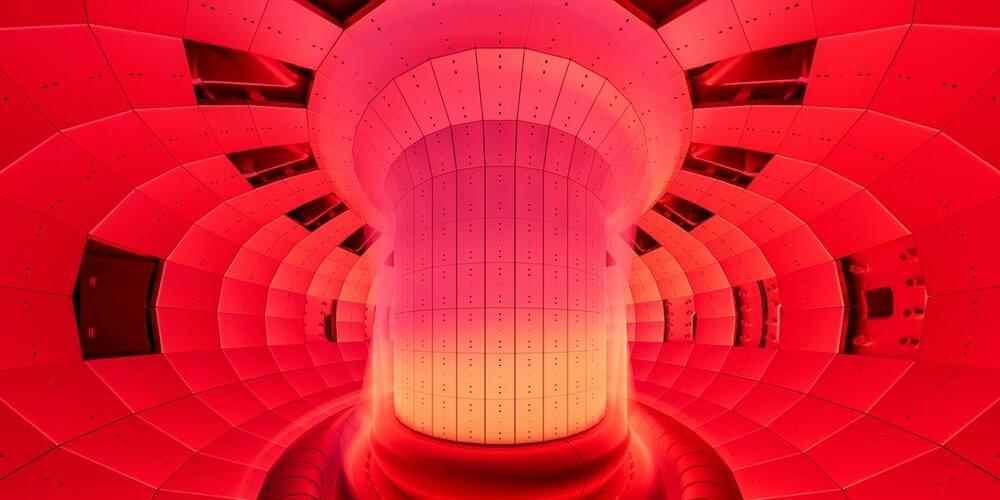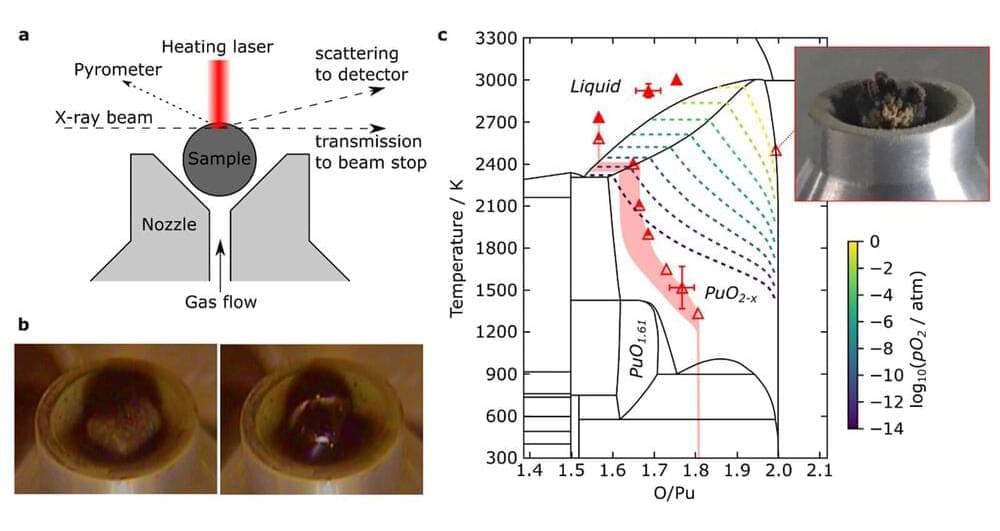Building a nuclear fusion reactor capable of providing green energy for homes and industry is the goal of many physicists around the world, but many roadblocks stand between our present and this green energy future. While some of those hurdles have been overcome, building robust materials capable of surviving the hellish conditions inside tokamaks is the next frontier.
As engineers construct next-generation fusion reactors, like the International Thermonuclear Experimental Reactor (ITER) in southern France, labs around the world are working on creating exotic materials capable of containing super-hot plasma while also generating electricity. One of those labs is MIT Energy Initiative (MITEI), which is dedicated to finding ways to make future reactors more robust and reliable.







